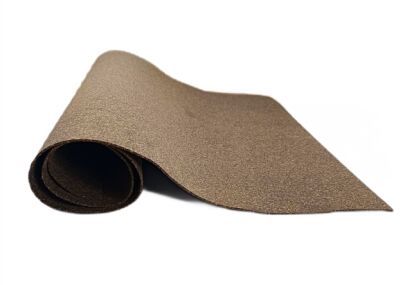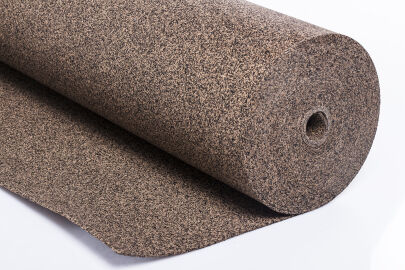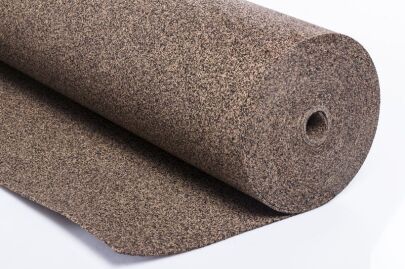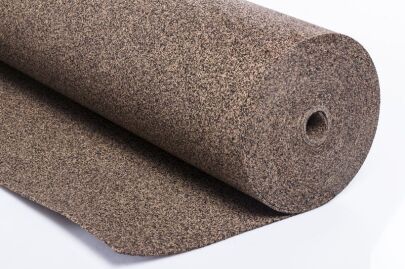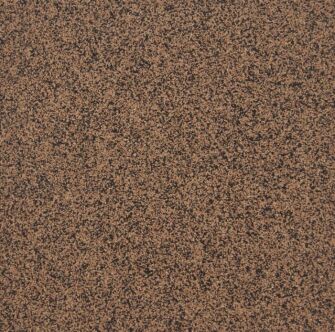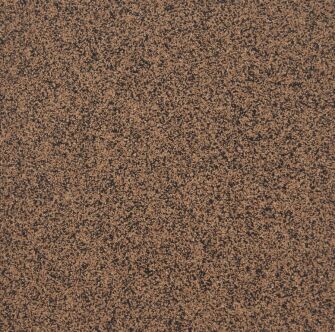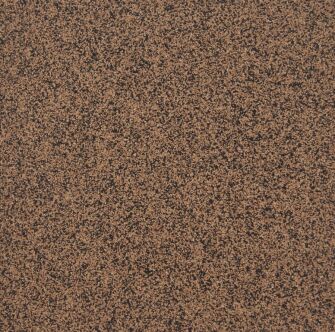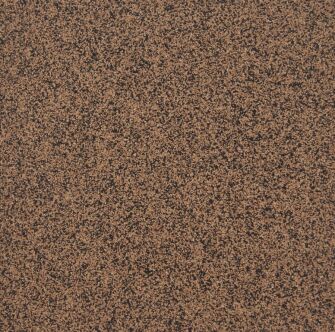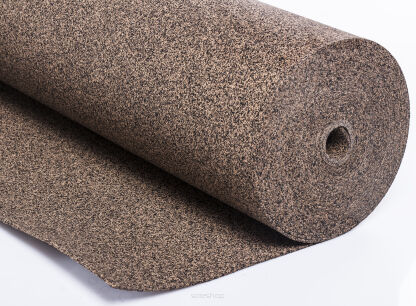
Cork and rubber material serves as thermal and sound insulation and is used in the mechanical and automotive industries as oil-resistant seals. Our offer includes cork and rubber mixed sheets of various thicknesses according to customer requirements. We also have cork and rubber underlays in rolls for installation under floating or glued floors, wooden floors, including solid wood floors.

